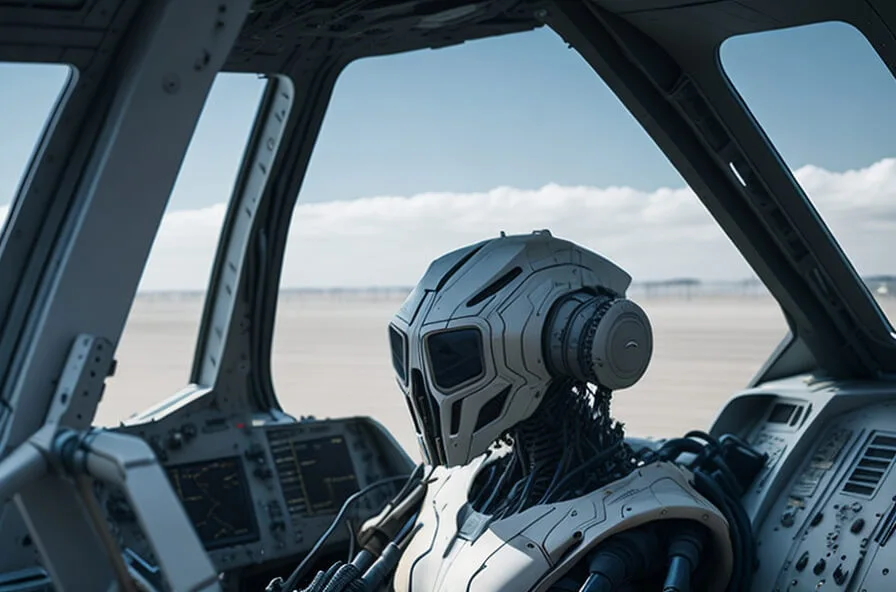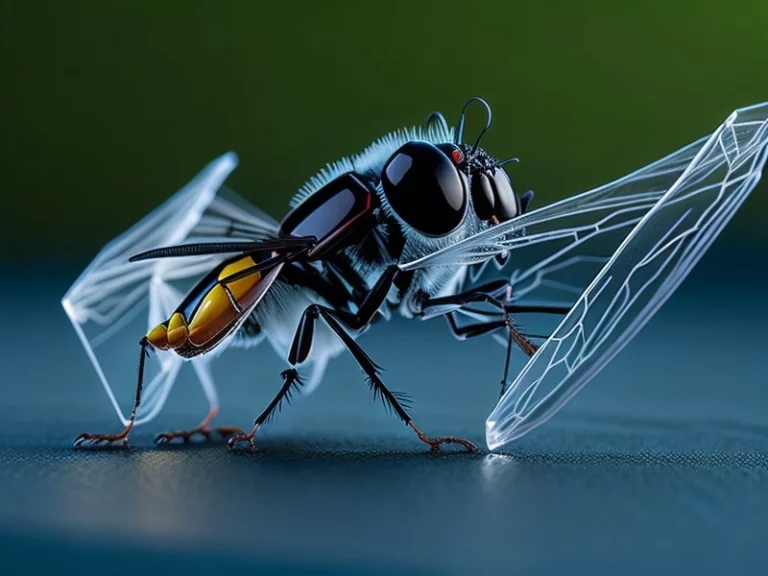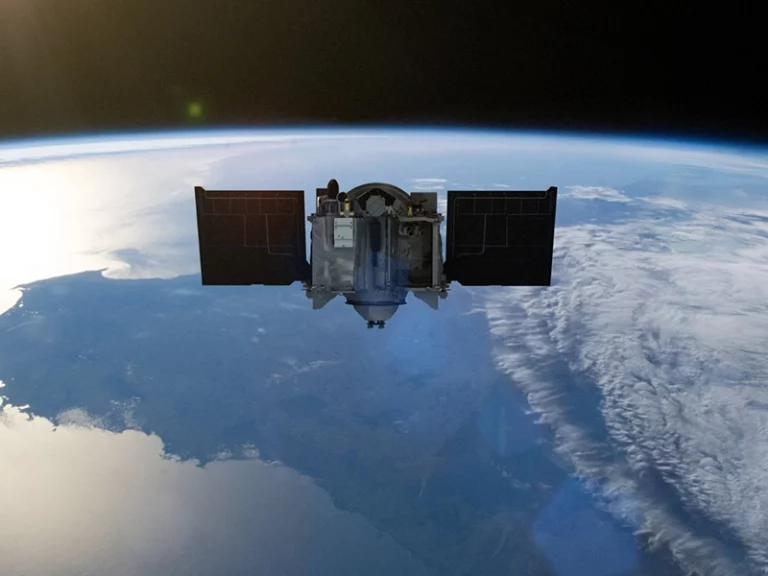Airliners could be flown by robots, would you travel? A revolutionary creation has emerged from the halls of KAIST. Stealing the spotlight and reshaping our perceptions of the future.
KAIST stands for the Korea Advanced Institute of Science and Technology, a prestigious research university in South Korea.
Established in 1971, KAIST has gained international recognition.
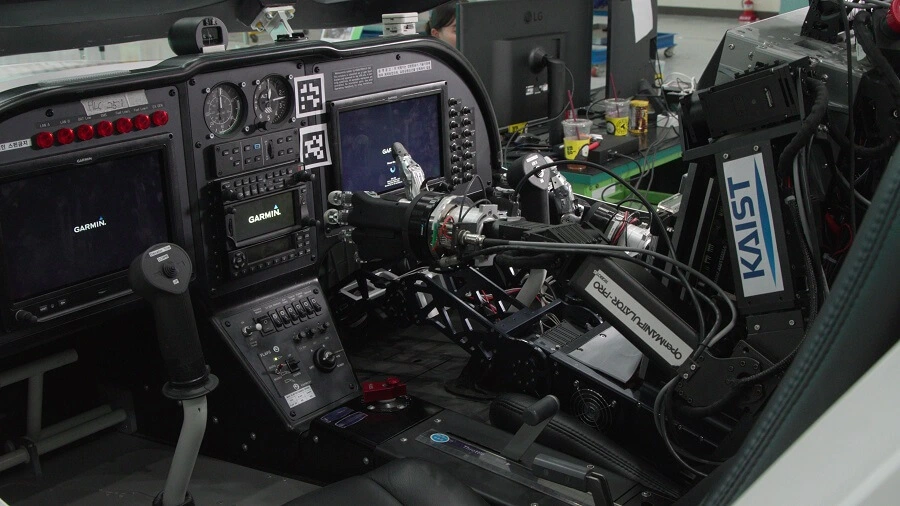
PIBOT – The Pilot Robot Of The Future
PIBOT is a humanoid pilot with a natural language prowess. It stands at the helm of a new era where robots seamlessly take on roles once reserved solely for humans.
Led by the visionary KAIST Professor David Hyunchul Shim, a dream team of experts embarked on a groundbreaking venture.
Creating a robotic pilot that navigates the skies with a level of comprehension that defies convention.
Powered by the marvels of AI and robotics, PIBOT has transcended the boundaries of automation. Bridging the gap between technology and human-like cognition.
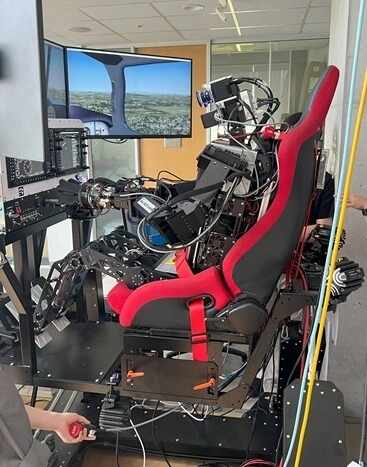
A Machine With No Emotional Implications
Beyond the confines of fatigue lies a complex tapestry of human emotions. Life’s trials and tribulations, personal dramas, and tragedies can cast shadows upon a pilot’s focus.
PIBOT, a sentinel of automation, remains stoic amidst the storms of human existence.
It unfailingly adheres to its programming, sidestepping the dilemmas that human pilots navigate. While upholding the responsibility of safeguarding those who entrust their lives to the skies.
Human pilots, responsible for hundreds of lives, reveal the need for rapid technological evolution. The detachment of passengers from pilots’ personal lives emphasizes this paradox.
PIBOT’s detachment from such emotional entanglements raises thought-provoking questions: Can a machine’s precision outweigh the human touch?
Can we, as passengers, place our faith in a robotic aviator that steadfastly shields us from the turbulence of human existence?
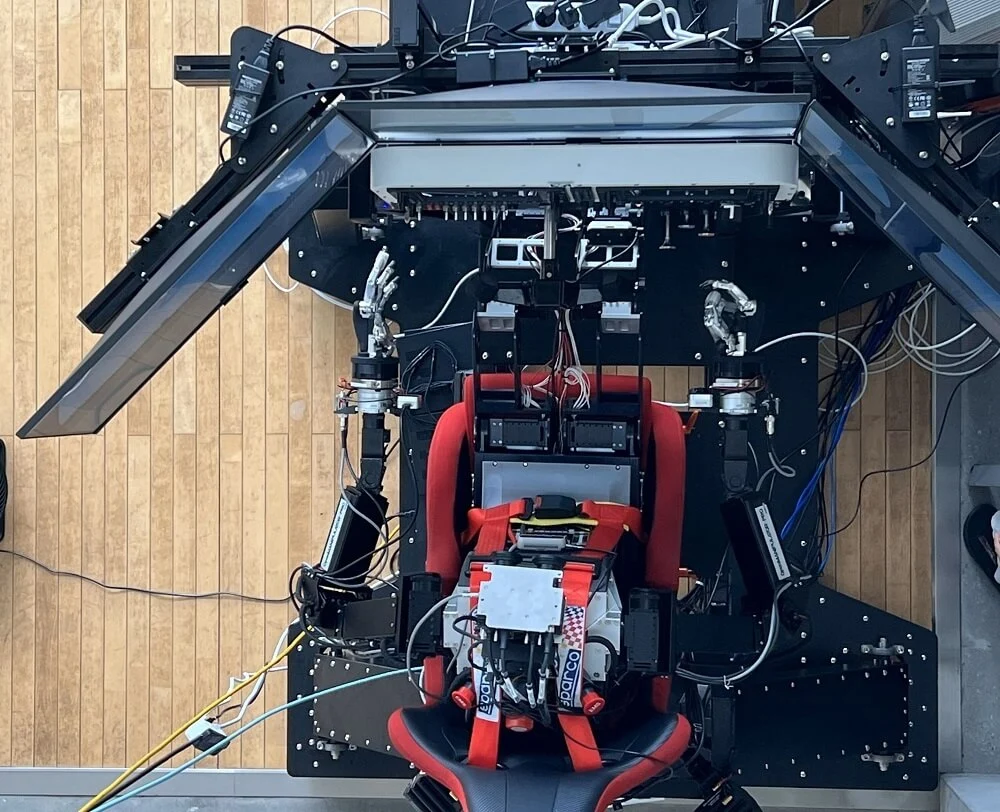
It Boils Down to Flight Safety in the End
In the realm of aviation, where safety reigns supreme, the significance of this monumental feat takes center stage. As the dust settles on this groundbreaking creation, a cascade of inquiries comes to the forefront.
Could a robotic pilot adeptly navigate the intricate web of real-world emergencies that can shroud the skies? In the crucible of crisis situations, could it possibly surpass the decision-making prowess of its human counterparts?
PIBOT steps up as a resolute affirmation. It possesses the remarkable ability to assimilate the expansive wealth of knowledge embedded within Jeppesen charts spanning the global tapestry.
A feat that echoes the impossibility for even the most seasoned human pilot to replicate. This is not merely a leap in technological achievement; it’s a paradigm shift that compels us to question the boundaries of human capability in the face of automation’s ascent.
Navigating the Uncharted Skies with Poise and Precision
But the marvels don’t stop there. PIBOT’s interaction with its surroundings is almost eerie in its accuracy. Equipped with cameras, this robotic pilot gazes outwards, taking in the nuances of the external environment just as a human pilot would.
Yet, PIBOT’s precision control over the cockpit switches, even in the face of turbulence, defies the fragility of human reflexes.
Consider this: PIBOT’s mastery spans from taxiing to takeoff, cruising to cycling, without breaking a digital sweat. And while the notion of a robotic pilot might seem like the stuff of dreams, reality is gradually overtaking fiction.
The research team at KAIST is gearing up to put PIBOT to the ultimate test, taking the controls of a real light aircraft.
The Ethereal Dance of Humans and Machines
Amidst the awe, a crucial inquiry emerges: Could we entrust our lives to a machine, to soar through the heavens in a vessel captained by code and circuitry?
The safety of air travel has been grounded in human hands since its inception, but with PIBOT’s emergence, a daring question beckons: Are we ready to relinquish our control to the dexterity of AI?
The allure of efficiency and precision draws us into a tantalizing future, where flight routes are computed in real-time and emergency responses eclipse human reaction times.
But the shadow of caution looms large. How might PIBOT fare against the unpredictable storms that haunt the skies? Can its algorithms predict the turbulence that even seasoned pilots can’t anticipate?
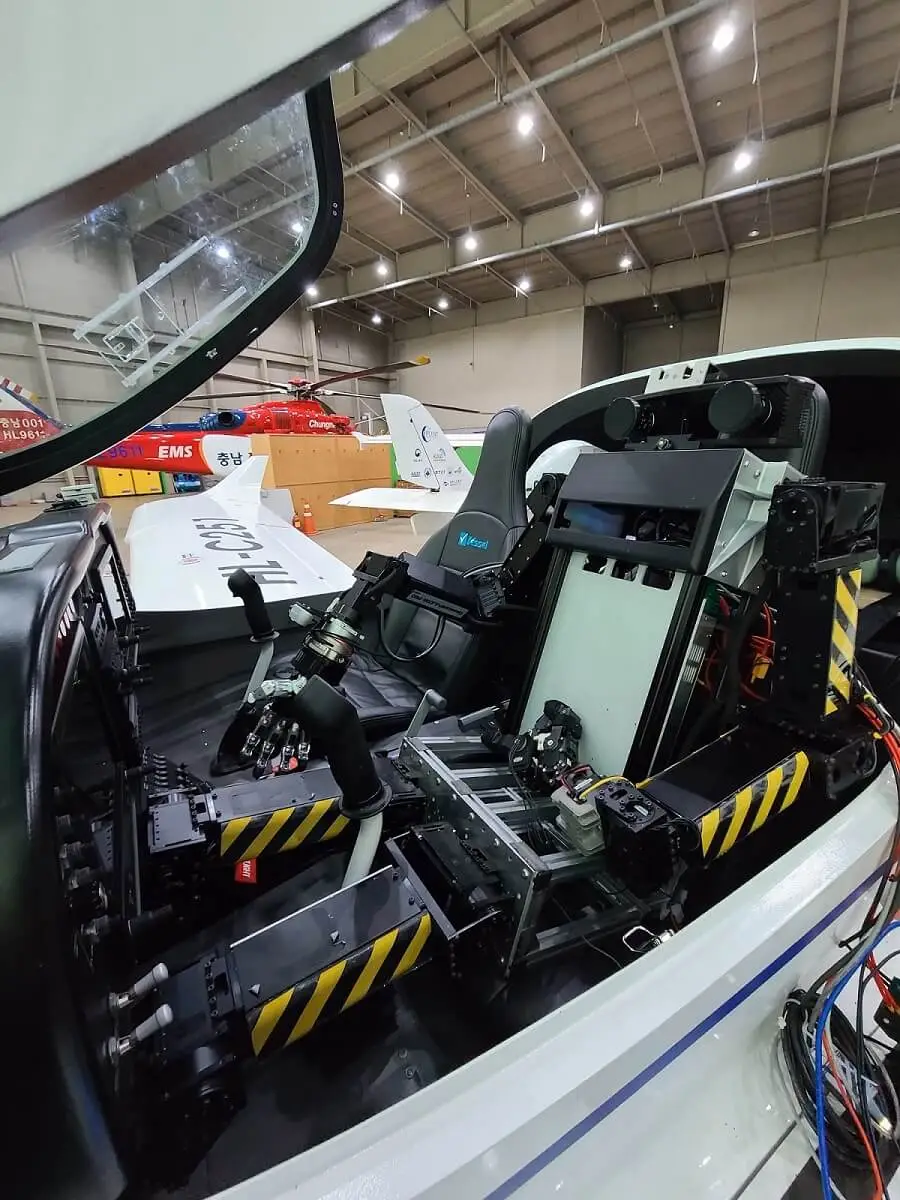
Ethical Implications in Designing Humanoid Aircraft Pilots
The team’s creation of a humanoid robot, meticulously mirroring the human form. This raises ethical concerns in the pursuit of advancing aviation technology.
While the aim to market this innovation to existing airliners is understandable, the choice to replicate the human body in the cockpit seems misguided.
If the ultimate goal is to achieve a fully automated pilot system, then the replication of a human-like physique appears unnecessary.
Modern cockpit controls are transitioning towards sophisticated electronic interfaces that can execute commands without the need for mechanical mimicry.
The push for full automation should logically steer us away from replicating a human form and instead focus on refining entirely electronic control systems, ensuring efficiency, precision, and safety.
The investment in human-like physicality could divert resources from the core objective of creating a seamless, non-human-dependent piloting experience.
This is just my critical opinion on their decision to mimic a human body.
Conclusion
As the PIBOT revolution soars higher, it carves a pathway through the clouds of uncertainty, navigating the delicate balance between technological prowess and human vulnerability.
With every advancement, we inch closer to an age where aviation is forged by the synergy of human ingenuity and machine efficiency.
The advantages of PIBOT shine as a beacon of possibility, offering a solution to the age-old dilemma of entrusting lives to pilots who traverse the skies with their own burdens.
So, dear reader, we ask you this: Would you board an aircraft captained by the intricate algorithms and AI-powered hands of PIBOT?
The journey towards a new horizon in aviation beckons, and with it comes a tapestry of questions, a juxtaposition of awe and anxiety.
The skies are evolving, and PIBOT is at the helm, ready to chart a course into the unknown. The question remains – are you prepared to follow?
Reference:
KAIST Research Team Develops World’s First Humanoid Pilot, PIBOT. Link to the source.

